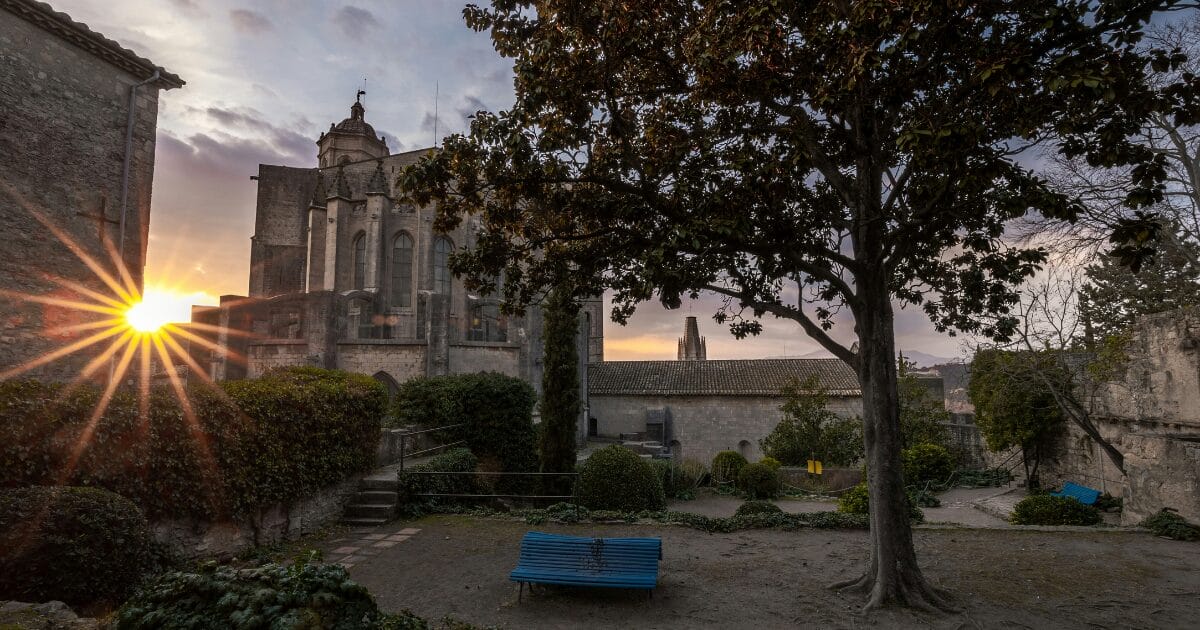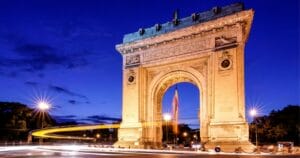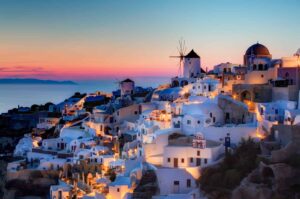Barcelona is a city of history, art, culture, and excitement. I loved it. But the city receives around 27 million visitors every year, and locals don’t even want you to visit anymore. Since most travelers never make it to the spectacular regions surrounding the famous city, day trips are a great way to get away from the massive crowds and discover great places that can be even better.
As Barcelona is situated right next to stunning wine-growing regions, vibrant coastlines, and traditional fishing villages, taking some time away from the noise and bustle of its city center means exploring some of the most beautiful parts of Catalonia (Cataluña) and Spain.
So, check out some of the best day trips for Barcelona; whether you’re renting a car or not, we’ve got some great places for you to explore (and staying there overnight is even better than a day trip).
1. Girona
Girona is a medieval masterpiece with winding streets, quaint boutiques, and sunlit squares. The city is famous for having one of the most incredibly preserved Jewish Quarters in Spain, for the Casas del Oñar, and Santa María de Girona Cathedral.
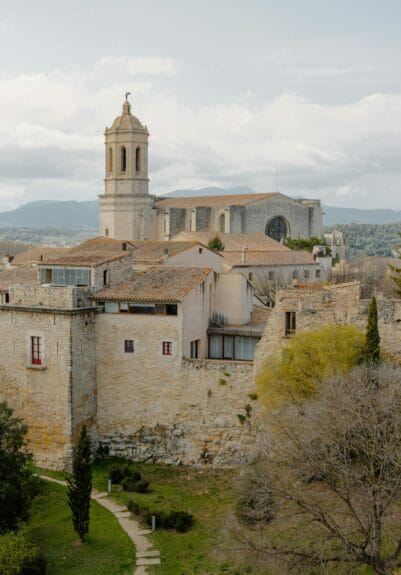
Girona Cathedral is spectacular, but it’s extra popular now because the cathedral and its surroundings were used in Game of Thrones’ “Shame” scene. With sweeping grand staircases, ivy-covered facades, and bright doors hidden down alleys, it’s worth spending a few hours wandering around on foot.
Even though it is a proper city, Girona is an oasis of peace. It is actually the Spanish city that leads all quality-of-life indexes. Not only that, it’s a paradise for wine and food lovers, with a varied cuisine that includes fish, cured meat, seafood, and vegetables.
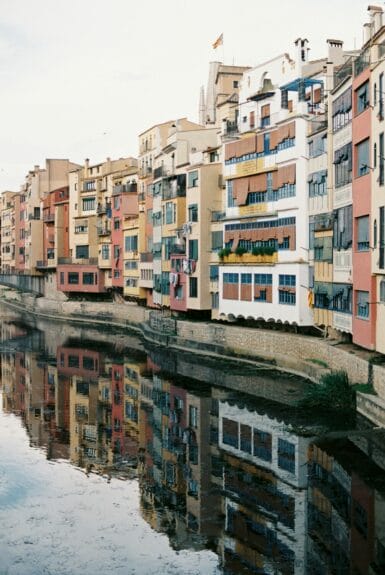
How to get there: There are multiple direct and indirect daily trains from Barcelona to Girona. The shortest trains take around 40 minutes and cost around €31 roundtrip (~ C$45), while the longest trains take just over an hour.
It’s a short drive by car (1 hour and 30 minutes), but most people opt for public transport since the train is not too expensive and is quicker.
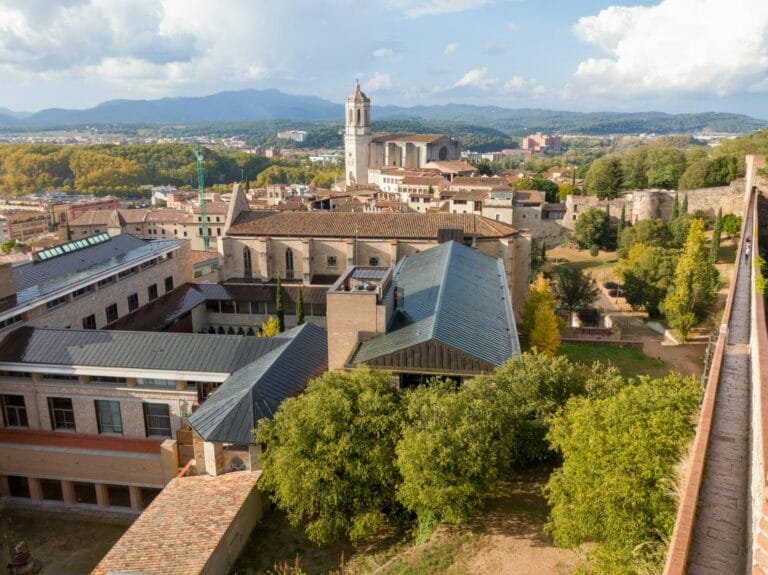
2. Montserrat
Montserrat is one of the most popular day trips from Barcelona. The famous abbey is the site of the Black Madonna and has been a site of worship for over 1,000 years.
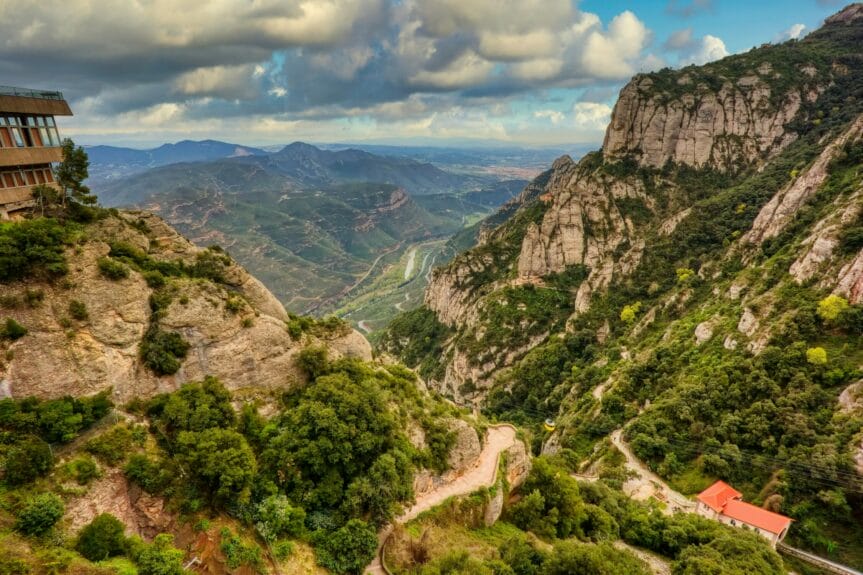
After you’ve enjoyed the cobbled streets, tree-lined alleyways, and original stone buildings, you can get out into the incredible landscape.
The Montserrat mountain range is considered the most important in Cataluña and offers some amazing hiking trails, whether they’re long and more challenging or just a chance to stretch your legs on gentle and leisurely strolls.
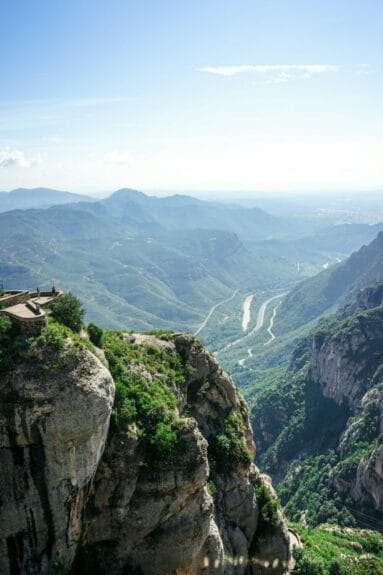
How to get there: Direct trains part every hour to the bottom of the mountain. It only costs around €6-€9 (~ C$9-13). You’ll need to take a taxi or the cable car up to the abbey. If you’re driving, it’s only an hour.
The cheapest way to get there from Barcelona is by bus, which costs around €6 (~ C$9), and it takes around 1 hour and 30 minutes. However, there’s only 1 bus route per day.
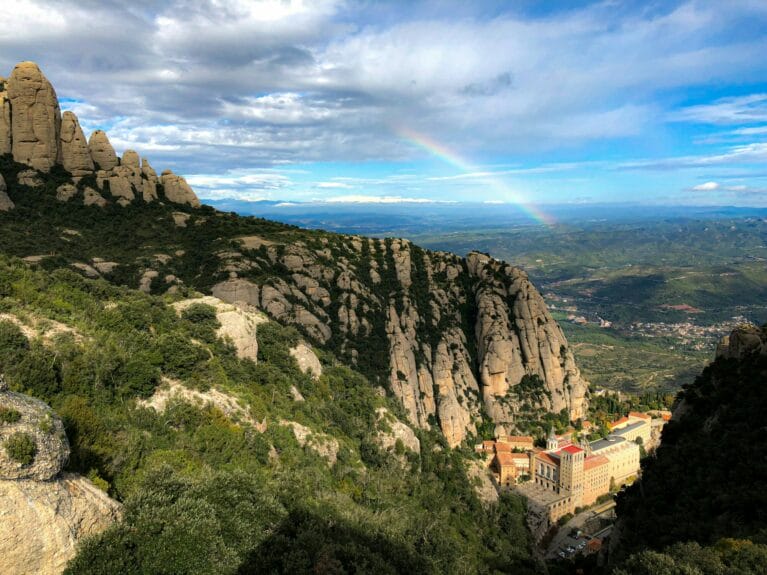
3. Tarragona
Tarragona has so much to offer but is often overshadowed by the more famous Barcelona. With as much to do and see and fewer crowds, it’s perfect if you like Barcelona but don’t like the noise.
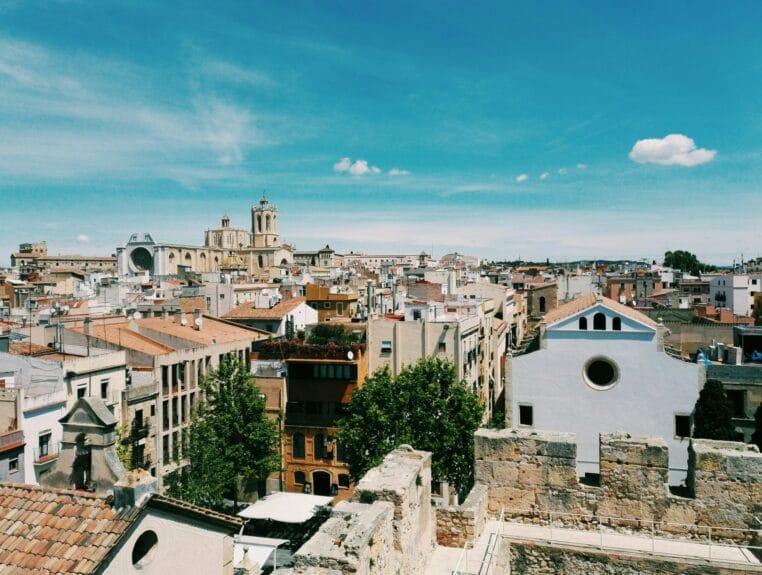
Tarragona also has a rich history. Walk along Roman walls, visit a Roman circus, amphitheater, and aqueduct, and explore nobleman houses from the 15th century.
For food aficionados, The Mercat Central de Tarragona, the main market hall, is the best in the area, rivaling Barcelona’s. Fresh seafood, locally grown fruit and vegetables, cooked traditional recipes, butchers, bakers, cheese makers, and more sit side by side. It’s a total feast and a fun and lively way to interact with locals.
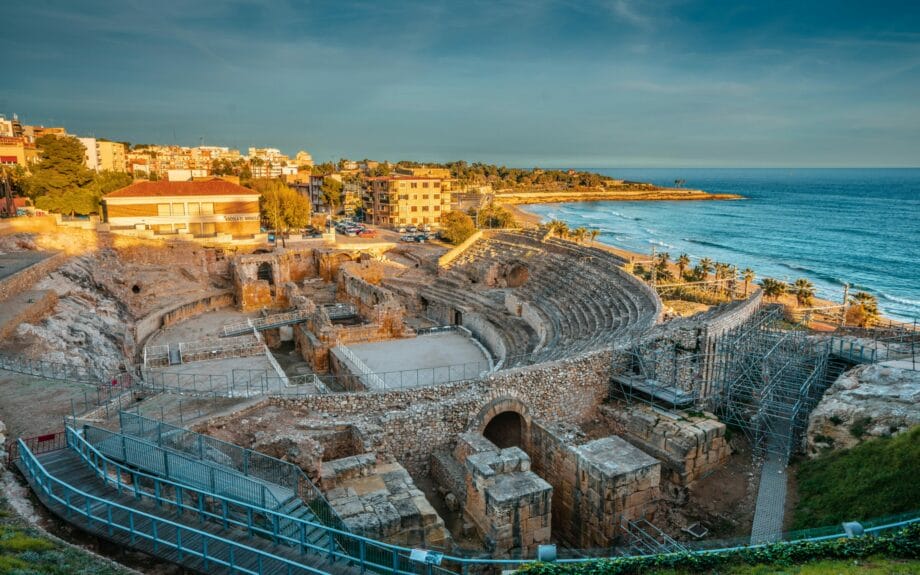
Tarragona is also home to one the best theme parks in Spain, Port Aventura. It’s the best plan if you’re traveling with kids, but it’s also great for adults looking for some fun.
How to get there: Either 1 hour by car or 1 hour on the train for 9€ (~ C$14), Tarragona is very easy to get to. The roads can get busy, so it often takes longer, but it’s such a scenic route you can just enjoy the drive.
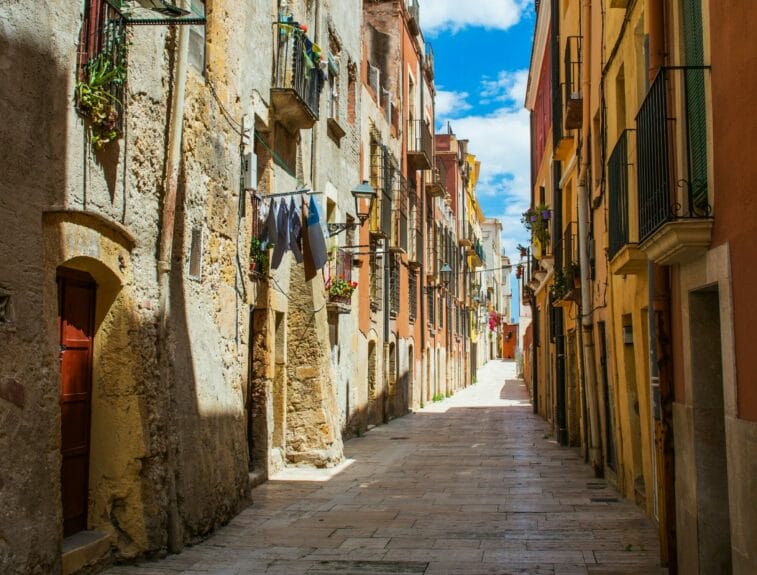
4. Tossa de Mar
Tossa de Mar is the perfect small village getaway from the big city. Not far from the French border, it feels like the perfect cross between Spain and France with some French cuisine influence!
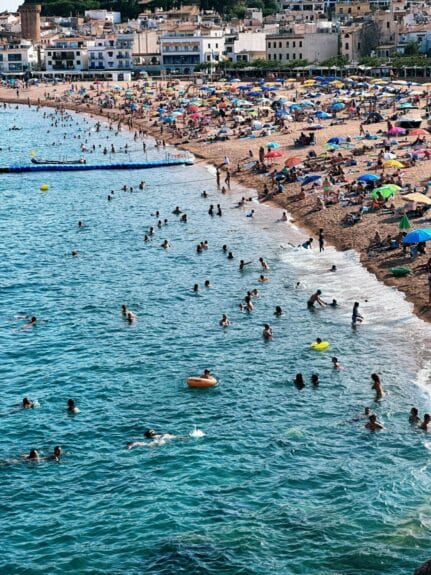
The quaint little village sits on the water and has some of the most incredible beaches; Cala Pola and Cala Futadera are the best and quietest.
Towering over the little village is the vast and imposing Muralles de Tossa de Mar, a 12th-century fortress whose courtyards, crumbling walls, towers, and fortifications can still be explored. It’s like stepping back in time; you almost expect to look out to the sea and see an attack coming!
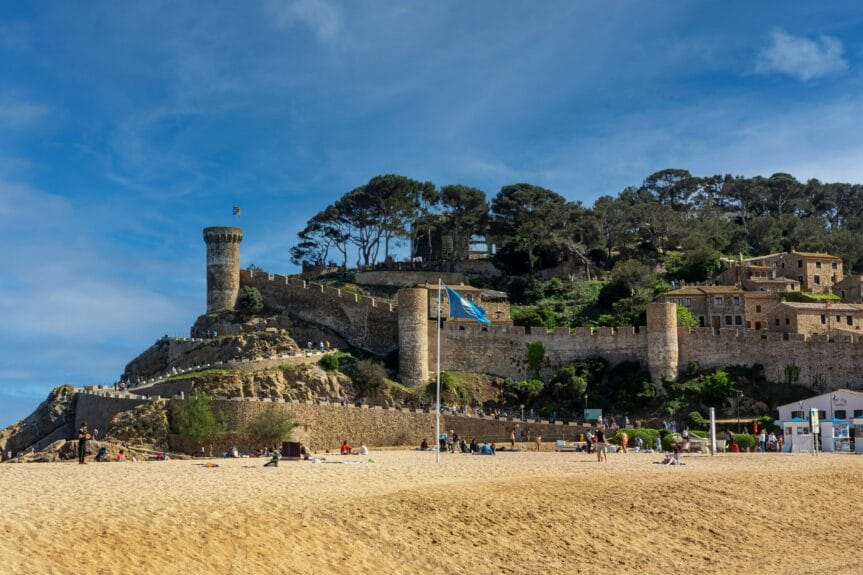
You can also wander along to the town’s lighthouse, which is unusually beautiful and has an excellent museum about the area’s fishing and maritime history.
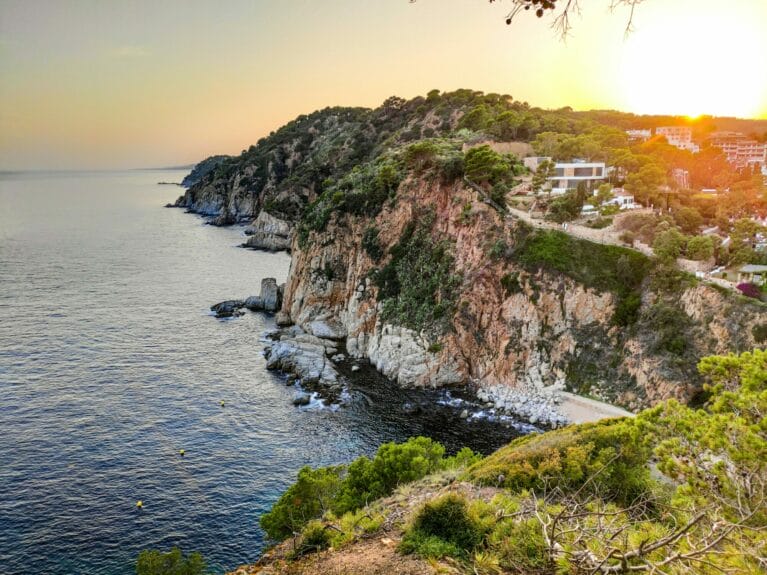
The sea is the highlight of the whole town and surrounding countryside, so it’s the perfect day trip if you want to enjoy the coastline.
How to get there: The fastest route is an hour’s drive on the inland roads. Alternatively, a bus leaves every 20 minutes, costs €15 (~ C$22), and takes 1 hour and 20 minutes.
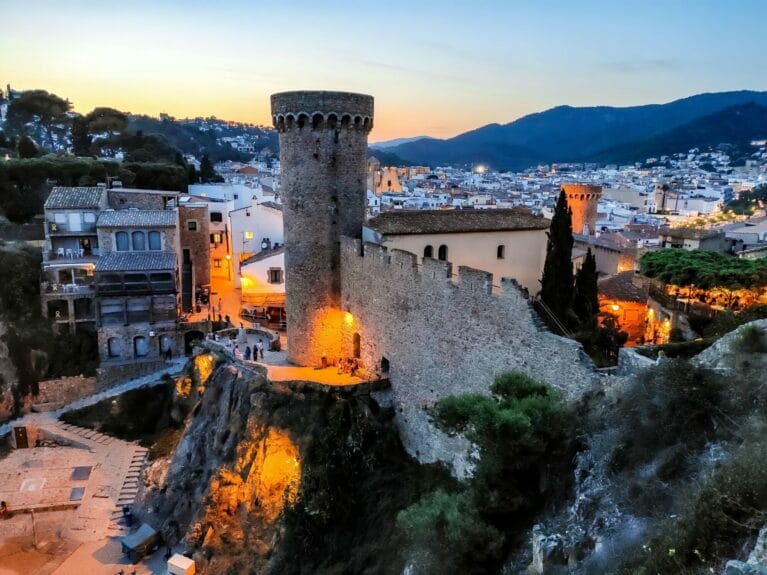
5. Cap de Creus
The Cap de Creus is a wild and rugged headland that’s one of the most beautiful parts of the Costa Brava coastline. With incredible rocky formations, a coastal footpath, and stunning beaches, it attracts plenty of visitors who just want to take in the area’s natural beauty.
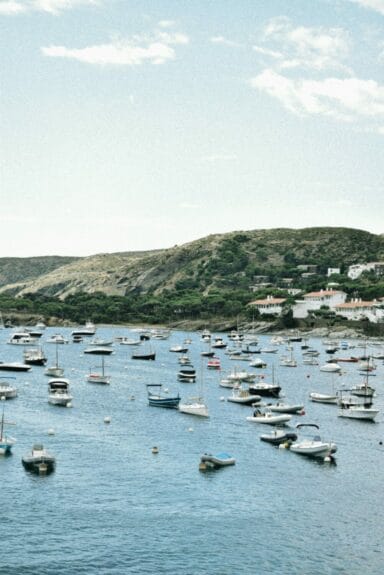
Cap de Creus is home to some beautiful small villages. The most beautiful — and mandatory stop — is Cadaqués. I’d recommend you to just wander around and admire the architecture and the stunning views.
If you want more specific things to do, the Salvador Dali Museum is also in Cap de Creus. More specifically in a city called Figueres, which was his birthplace.
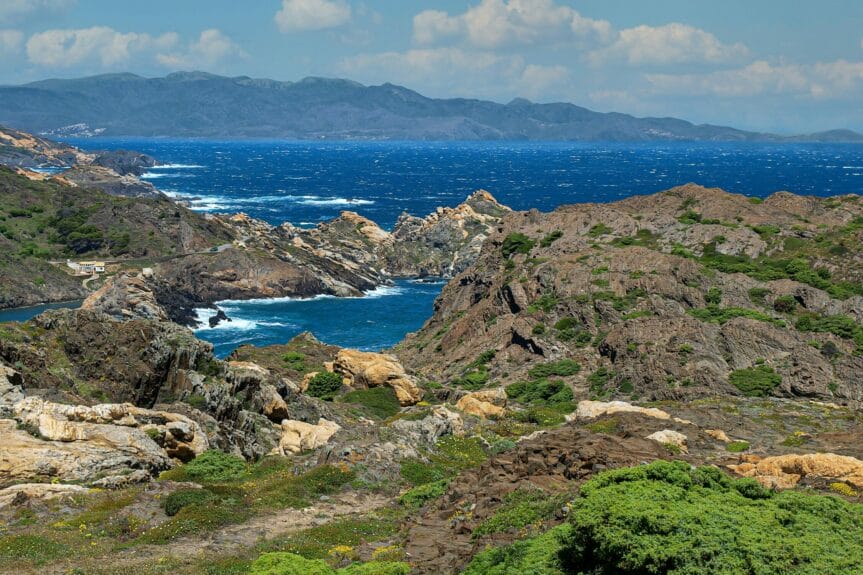
Since it’s a National Park, the hiking in the area is also incredible. You can easily explore on your own, but many guided tours will take you to the astonishing lighthouse as well as to the best beaches. The remarkable Sa coua de l’Infern (Hell’s cave) is a cave that is not to be missed.
How to get there: It’s a little further away, so we recommend leaving early in the morning. It’s around a 2-hour 20-minute drive to the north or around 3 hours on the train (with a transfer) to Cadaquès for 15€ (~ C$23). From there, you can use public transport, taxis, or a car to get around.
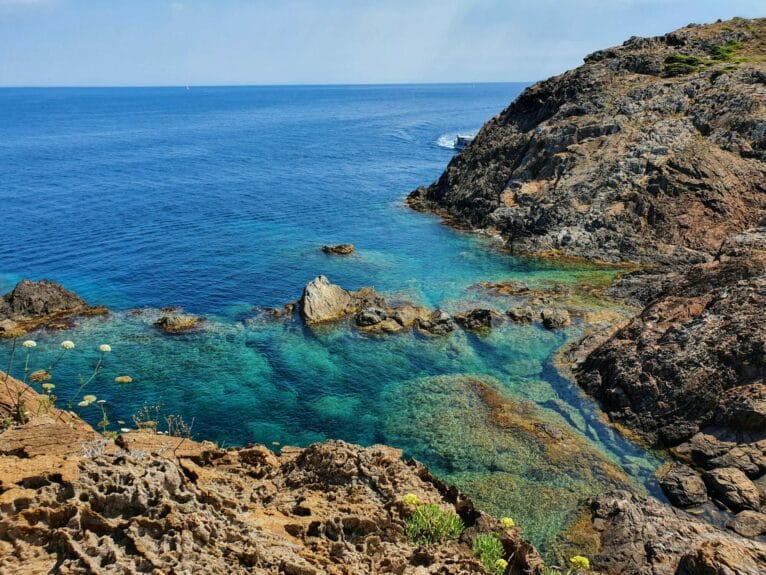
6. Penedès wine region
Just to the southwest of Barcelona is the incredible wine-producing region of the Penedès. It’s famous for producing cava, the Spanish version of champagne. But there are also incredible red and white grape varieties, making vineyard tours epic.
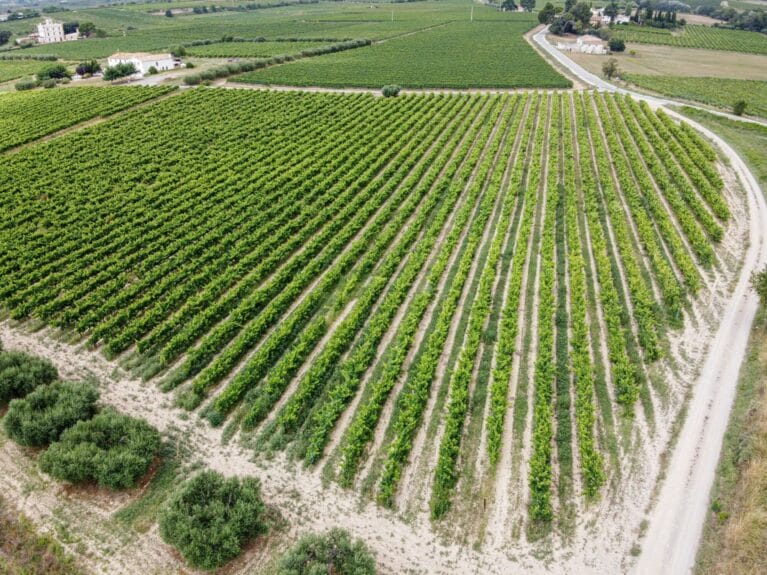
Many of the wineries offer guided tours around the vines with tasting experiences — another reason most people take the train and don’t drive!
Here are some of the best wineries in the area:
If you want to visit the town of Vilafranca del Penedès (which you should!), you can enjoy its impressive Gothic church, the Catalan Wine Cultures Museum, and its amazing local history.
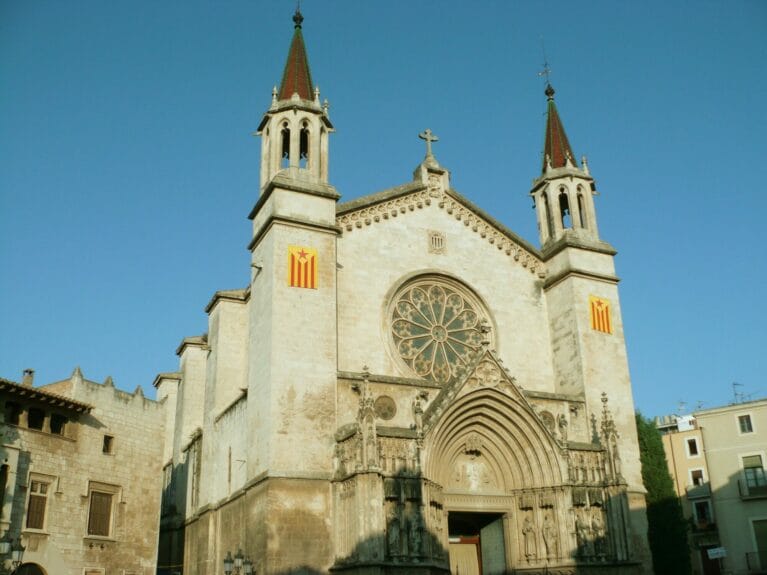
Don’t forget to enjoy a quiet meal at one of the many restaurants serving local food and local wines before you head back to Barcelona.
How to get there: You can take a direct train from Sants Station in Barcelona to the region’s capital, Vilafranca del Penedès. It only takes around 1 hour and costs around €5 (~ C$7). By car, it usually takes a bit less than an hour, but the train is better unless you plan to stop off elsewhere.
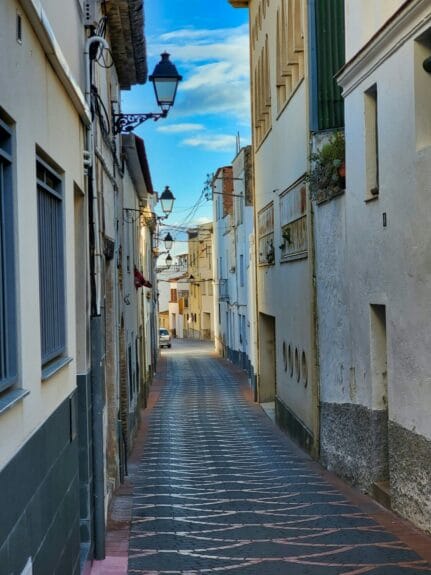
Learning how to travel for less
Join over 100,000 savvy Canadian travelers who already receive Flytrippers’ free newsletter so we can help you travel for less (and inspire you, too)!
Summary
Barcelona is a terrific city destination, but its surroundings can be even better. From spectacular medieval and Roman cities such as Girona and Tarragona to beautiful National Parks and little towns in the Costa Brava, the potential day trips from Barcelona are countless. Now, you just have to choose the most appealing to you.
What would you like to know about the best day trips from Barcelona? Tell us in the comments below.
See the flight deals we spot: Cheap flights
Discover free travel with rewards: Travel rewards
Explore awesome destinations: Travel inspiration
Learn pro tricks: Travel tips
Featured image: Girona, Catalonia, Spain (photo credit: Àngel Pi)

